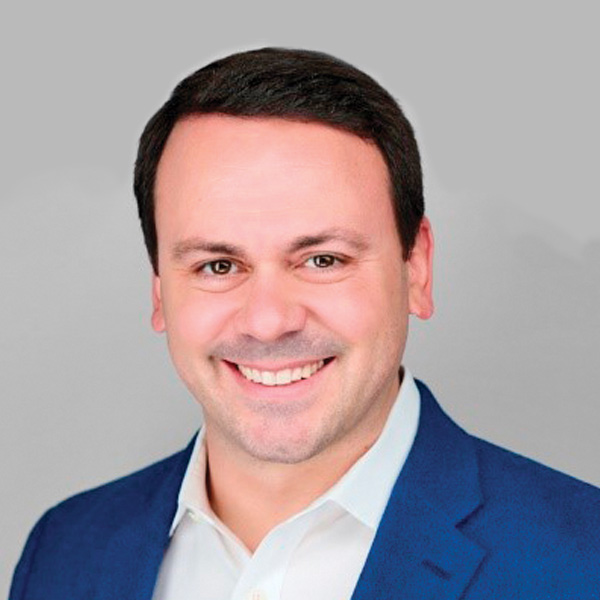Finance of America Companies (FOA) Chief Marketing Officer Chris Moschner found himself working for the lender in the wake of its acquisition of American Advisors Group (AAG), and Moschner previously told RMD about his journey to the position and the “intoxicating” opportunity he sees in the reverse mortgage space.
But that space is also facing a series of challenges including lower origination volume, high interest rates and liquidity challenges. The companies have to react and respond to the macroeconomic environment, which could include employing other tools — including more market research — in its messaging, he said.
‘It’s obviously about the macros’
Describing the larger economic environment in the housing finance sector, Moschner said that those factors — particularly interest rates — are not able to be controlled by reverse mortgage companies themselves.
“It’s obviously about the macros,” Moschner explained. “I don’t think it’s anything about [what] the companies themselves [are doing], it’s strictly related to things like the health of the bond market, rates and our ability to invest [correctly] in the short term.”
In such instances, it becomes important to focus on what the companies can control, he explained. That includes borrower outreach efforts and methodologies.

“I think [we’ve seen] all of the ingredients and all of the tools for success the category has been laying down for a long time,” he said. “We know that we’ve got to do a better job of educating our customers. Education continues to be a barrier, but that’s not a problem that’s solved overnight. That’s a problem that’s solved with content.”
That content could include reverse mortgage marketing material that includes influencers, and more focused public relations exercises that aim to streamline messaging and advertising, he explained.
But making those more focused moves might need to come after the macroeconomic environment becomes more favorable, which could allow the companies to pivot to marketing “offense” as opposed to macroeconomic “defense.”
“Those types of things will avail themselves over time when we’ve had the opportunity to have a bit more of a stable footing enabled by the macro environment,” he said. “[At a time] when we’re not dealing with strong interest rate headwinds that are leading to bond market volatility, which is leading us to be unsure about what we’re going to get for these loans when we securitize them in the market. So, that’s really it.”
Passion for customers
Moschner identifies passion for the customer base as a key driver for his work, he said.
“[It’s about] truly understanding what it means to be an older American today,” he said. “And not just understanding it at a surface level, and not just [speaking in generalities]. It’s about really understanding them. Some of the work we’re doing now — that I can’t say much about yet — is really focused on foundationally understanding this category.”
Despite sharing a label of “senior” or “older American,” a wide swath of age ranges exist within the demographic. The interests of a 62-year-old are not necessarily identical to the interests or realities of an 85-year-old, Moschner suggested.
“[It’s about discovering] who’s in their network, who their influencers are, what’s important to them,” he said. “And it’s not only about their financial situation but the things that make them excited, nervous or otherwise. So we’re going to that exercise because again, one of the things I learned going back to [my time at Procter & Gamble (P&G)] was that ‘who-what-how’ framework.”
The first step is to “assess the landscape,” which includes a comprehensive review of the category and determining messaging for them that is most resonant and relevant, he said.
Market research
In his “Origins” interview, Moschner shared his history at P&G and how he came to his role at FOA from a classically oriented marketing background in consumer goods. When asked if a P&G-like approach that more regularly makes use of traditional market research tools could benefit the reverse mortgage industry, he agreed.
“FOA and AAG have certainly made use of market research in the past, but I think as an industry more broadly, we need to go deeper,” he said. “The 65-plus demographic is a very interesting and unique one because it is not where the majority of the marketing dollars are spent.”
Instead, most of those marketing dollars tend to focus on people at or below the age of 45, he said.
“Which is interesting because most of the wealth in this country is actually held by people 65 and above,” he explained. “That is certainly changing, but I would argue because of that fact there has been underinvestment in formal market research. There’s been underinvestment in things like attitude and demography studies, and the 65-plus demographic is very diverse in terms of life stage, lifestyle and socioeconomic pillars.”
Understanding the nuances of everyone within that larger demographic will be essential to unlocking the industry’s potential, Moschner said.




